Merla Moto is proud to announce we have officially certified two of our womens motorcycle jackets, the Fly By Night Jacket and the Isla Jacket in accordance with the requirements of the Personal Protective Equipment Regulation (EU) 2016/425 (including as amended to apply in Great Britain).
These two products have achieved a Class AAA Rating, which is classified as the highest level of protection against the highest level of risks (read below).
These two garments are certified under the category of Motorcyclists' Personal Protective Equipment and a Category II PPE product. They have been examined under the European Standard EN 17092:2020 “Protective garments for motorcycle riders” which has been deemed to satisfy the Essential Health and Safety Requirements of the PPE Regulation.
Merla Moto will continue to submit products for European Certification. There will be more products certified over time, following demand that extend throughout our range.
As a guideline, Performance levels as defined in EN 17092-1:2020 for Provisional European Standard EN 17092-1:2020 defines five classifications of motorcyclists' clothing are as follows:
- EN 17092-2:2020— Class AAA garments. The highest level of protection, against the highest level of risks. Some common examples are: one-piece or two-piece suits. These garments are likely to have severe and limiting ergonomic, weight and thermal penalties, which some riders will not find acceptable for their specific riding activities.
- EN 17092-3:2020 — Class AA garments. The second highest level of protection, against the risks of the greatest diversity of riding activities. Some common examples are: garments designed to be worn by themselves or to be worn over other These garments are expected to have lower ergonomic and weight penalties than Class AAA garments and some riders will not find these penalties acceptable for their specific riding activities.
- EN 17092-4:2020— Class A garments. The third highest level of protection. Some common examples are: garments, designed to be worn by them self or to be worn over other clothing by riders in extremely hot environments. Class A garments are expected to have the least ergonomic and weight penalties.
- EN 17092-5:2020— Class B garments. This class is for specialized garments, designed to provide the equivalent abrasion protection of Class A garments but without the inclusion of impact protectors. Class B garments do not offer impact protection and it is recommended that they be worn with, at least, EN 1621-1 shoulder and elbow impact protectors, in the case of a jacket, or EN 1621-1 knee impact protectors, in the case of trousers,, in order to offer complete minimum protection. Some common examples are modular garments suitable to be combined with other garments providing impact protection
- EN 17092-6:2020— Class C garments. This class is for specialised non-shell garments, designed only to hold one or more impact protectors in place, either as an undergarment or as an over-garment. Class C garments are designed to provide impact protection for areas covered by the impact protector(s) and they do not offer complete minimum impact protection. Class C garments are designed to offer supplemental impact protection only. It is intended that class C garments be worn in combination with Class AAA /AA/A or B to enhance the protection Class AAA /AA/A or B
Some common examples are: modular garments suitable to be combined with other garments providing impact and abrasion protection or only abrasion protection.
However, no item of PPE can provide full protection and care must be taken while carrying out a risk related activity
Construction of products
Our garments are constructed from materials which include abrasion, tear and burst resistance. No substances known to be harmful to human health have been used in the construction of this garment.
Protection provided by garments
Our clothing is designed to reduce the effects from the hazards encountered during normal riding on a motorcycle and when the rider is involved in a road traffic accident. The clothing is designed and constructed so that it should remain relatively in place on the wearer, and reasonably intact on impact with the road surface;
thus it should usually prevent skin contact with the road and therefore lessen impact from injuries to the rider. This clothing cannot provide protection from more serious injuries, although it may assist in reducing the severity of some such injuries.
Hazards against which some protection is provided
- Reduction in the severity of contusions and fractures, with the assistance in prevention of some fractures and joint damage.
- Prevention of some laceration and abrasion injuries that occur when a rider slides on the road surface after falling off.
- Reduction in the severity (or prevention) of muscle stripping and degloving injuries.
-
Likely prevention of contamination of open fractures by road dirt.
Hazards against which this garment cannot provide protection
- Penetrating injuries on parts of the body.
- High energy impacts on the chest or abdomen, and severe bending forces such as when the torso impacts may be against soft or hard ground, or objects such as trees, vehicles, posts or rails
- Severe bending, crushing and torsional forces which occur if the leg becomes trapped between the motorcycle and another vehicles.
- Strikes against stationary objects.
Whilst certain types and levels of accident protection can be provided by clothing, protection against all hazards is impossible.
Note: The degree of risk or hazard that a motorcyclist will face is closely linked to the type of riding and the nature of the accident. Riders are cautioned to carefully choose motorcyclists’ protective garments that match their riding activity and risks. Other garments or garment combinations certified according to the series of standards EN 17092 Parts 1 – 6:2020 may provide more appropriate protection than this garment but there may be weight or ergonomic (e.g. range of motion restrictions) or heat stress penalties associated with their use, that may be unacceptable for some riders. So far as possible, design and construction to prevent road impact injury takes precedence over other requirements, unless this would, in itself, lead to an increased risk of an accident.
Using this garment for the first time
In order to benefit fully from the protection offered by these garments, you should ensure that it fits according to the following criteria:
- The main zip closure is securely done up. The garment is close fitting as a greater amount of garment movement may expose skin to abrasion in an accident. If it is not possible to obtain a secure fit, an alternative jacket size may be required.
- That no discomfort is caused by the jackets when in the normal, usual riding position adopted by the wearer, and that you are able to easily reach and operate the controls of your motorcycle. (Please note, however, that you should allow at least 10 hours of regular wear for the jeans to "break in" and become fully comfortable, and this should be taken into account when first assessing the fit of your motorcyclists' PPE.)
- There should not be additional, excessive surplus of material - the garment fitting snugly yet comfortably over the clothing normally chosen for wear under motorcycling This would normally be one or two thin, insulating or perspiration-wicking layers as required.
IMPACT PROTECTORS
Merla Moto will be using RHEON™ motorcycle armour for all future products. RHEON™ inserts is an active polymer that strengthens when exposed to force. Laboratory created and tested, RHEON™ armour incorporates highly strain-rate sensitive polymers into a revolutionary geometric design. RHEON™ reacts to movement, enabling the technology to dynamically stiffens when exposed to force so that it is not transferred to the rider. RHEON™ has advanced impact absorption when compared to other materials, removing the energy from the shock. It’s so good at dissipating force that the armour exceeds CE Certification requirements. When support is not required, RHEON™ is a low profile, lightweight, malleable armour that allows for easy movement on the bike.
Impact protectors should be sited over the areas they are designed to protect, as follows:
- BACK: Back protectors should be placed symmetrically in the centre of the back. When positioned correctly the wider coverage which covers the centre of the back and runs in the direction of the length of the back
- SHOULDER: symmetrically on the shoulder bone. Ensure the pad is high enough to cover the top of the Shoulder bone. Insert into the lining pocket with the convex face outwards and secure the fastening.
- ELBOW: symmetrically placed on the Elbow to the outside of the arm, Insert into the lining pocket and use the Velcro fastening to secure the protector in the most comfortable position when riding the motorcycle.
- Please refer also to the instructions for use supplied by the impact protector Only impact protectors conforming to the requirements of EN 1621-1:2012 or/ and EN 1621-2:2014 should be used. Note: impact protectors must be removed when the garment is cleaned, to prevent damage to the impact foam’s structure.
ADDITIONAL PERSONAL PROTECTIVE EQUIPMENT
To achieve the maximum available levels of protection in the event of an accident, this garment should be used in conjunction with compatible, correctly fitting items of PPE which give coverage to areas of the body not protected by this garment alone - i.e.: a total PPE package should be used, including helmet, gloves, boots, jacket & pants.
CAUTION
- This item of motorcyclists’ PPE will only provide the maximum available levels of protection when the recommended standard fitment impact protectors (see “IMPACT PROTECTORS”) are fitted and positioned in accordance with the instructions provided. The garments must not be worn when riding a motorcycle without the impact protectors fitted.
- The main closures and restraint mechanisms of this garment should always be securely fastened when in use whilst riding a motorcycle or this garment's ability to provide protection in the event of an accident may be severely reduced.
- It is advised that solid objects should not be stored in the pockets of this garment whilst the user is riding a motorcycle, as in the event of an accident such objects may cause injury
- The manufacturer shall be absolved of all liability arising from injury, howsoever caused, where the garment or its components have been modified, replaced or removed.



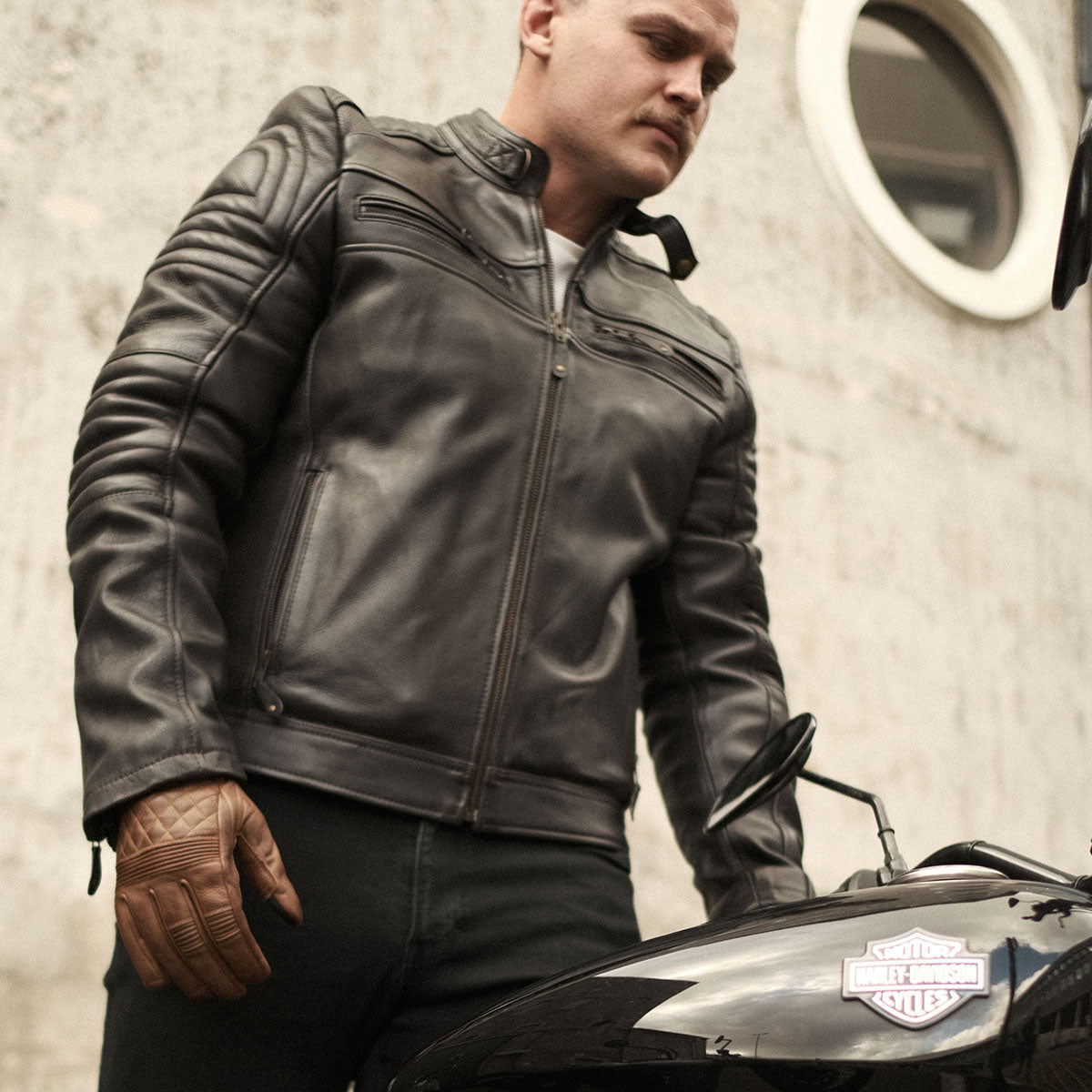
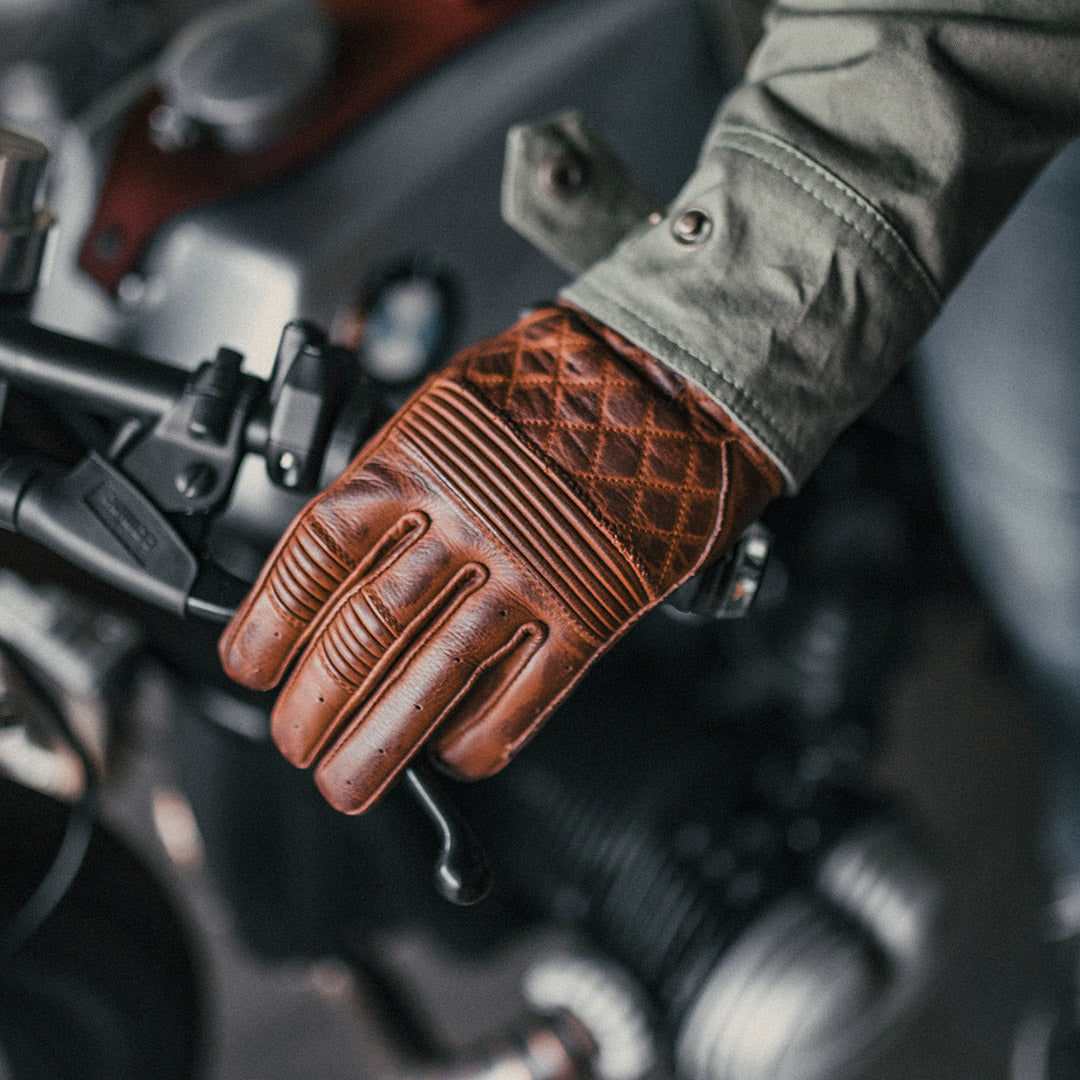

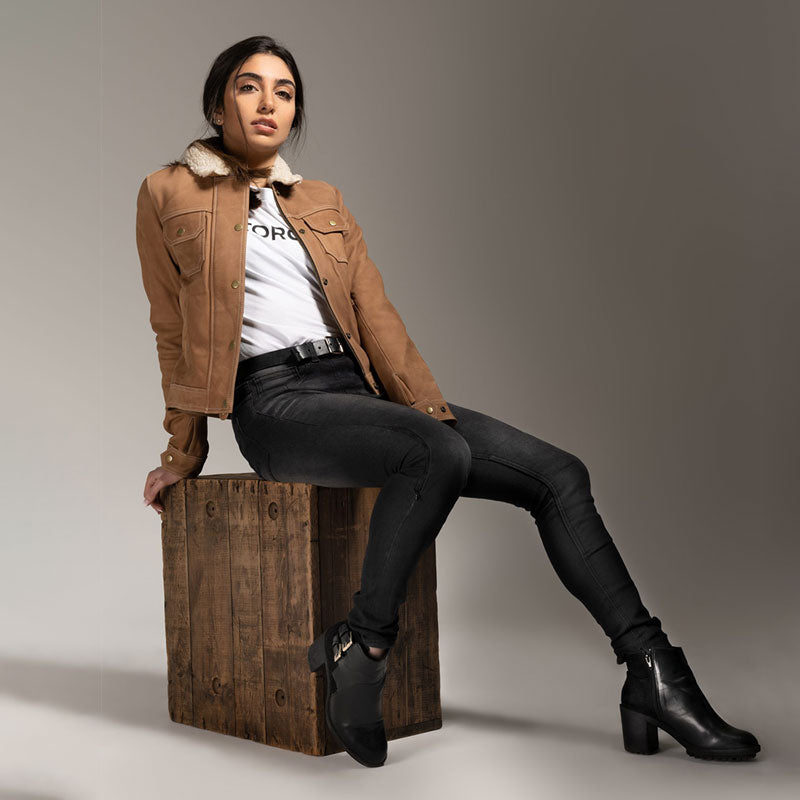
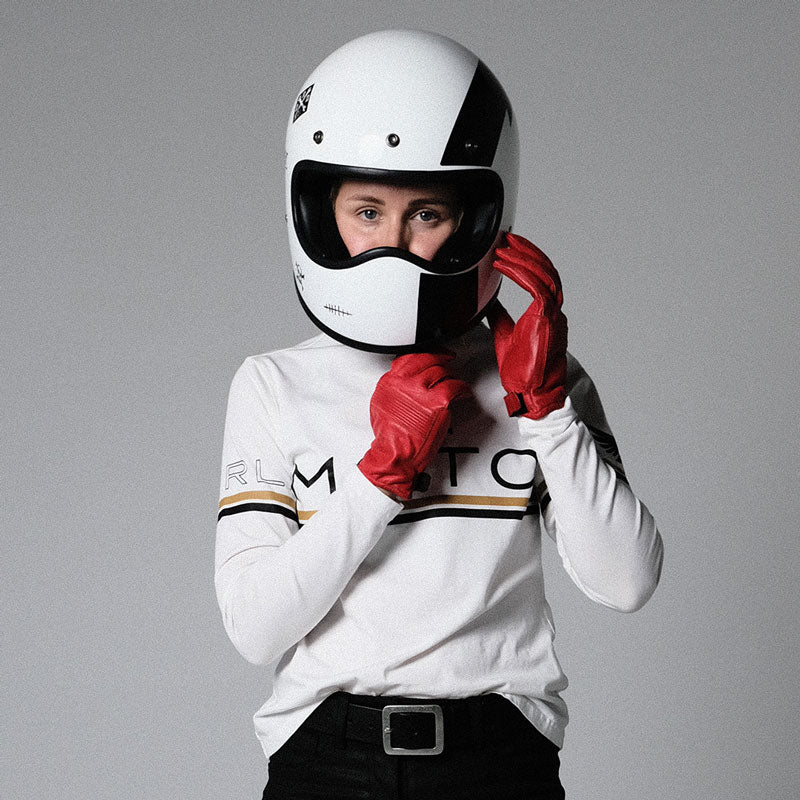

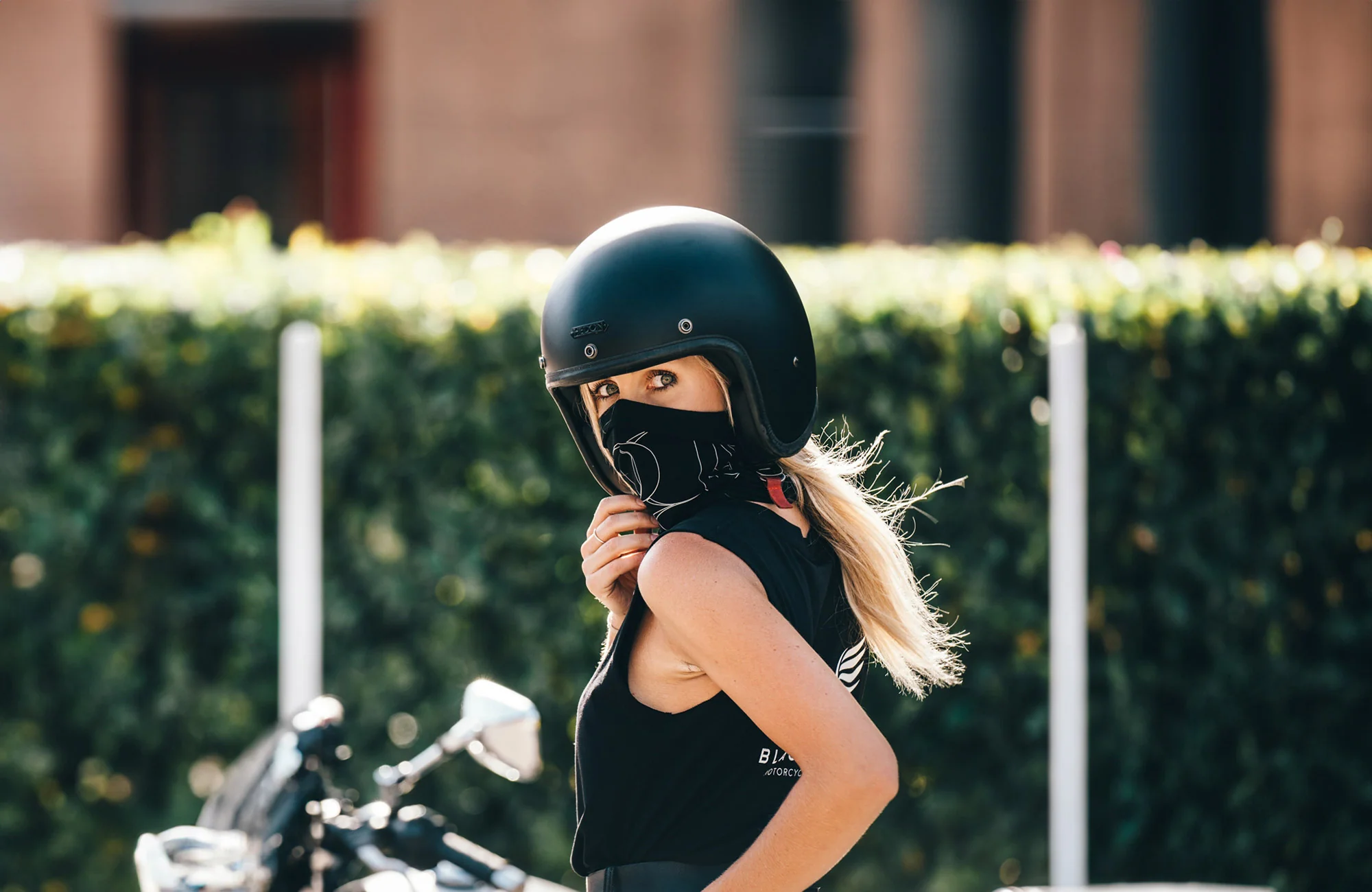
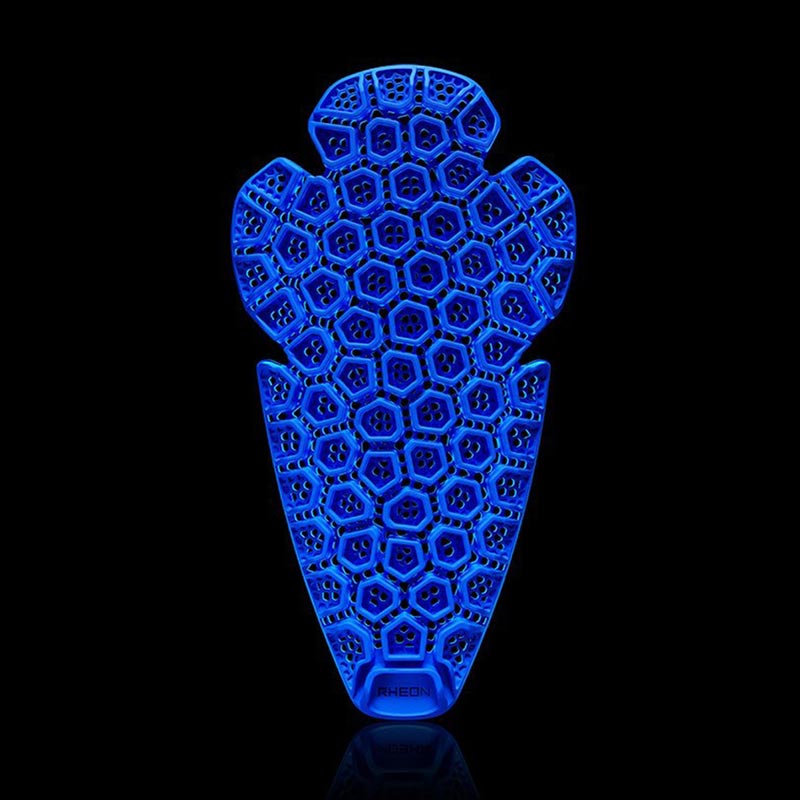
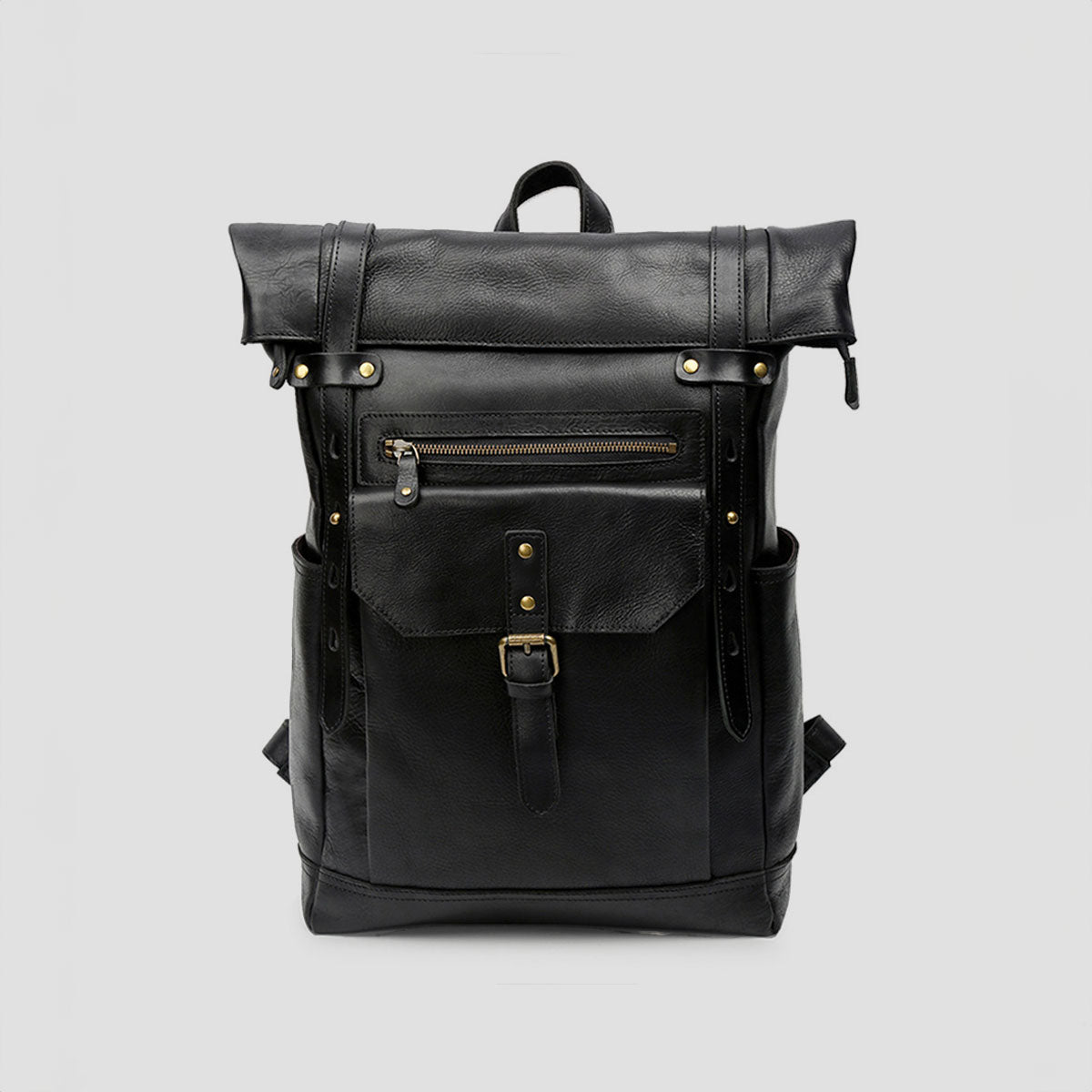


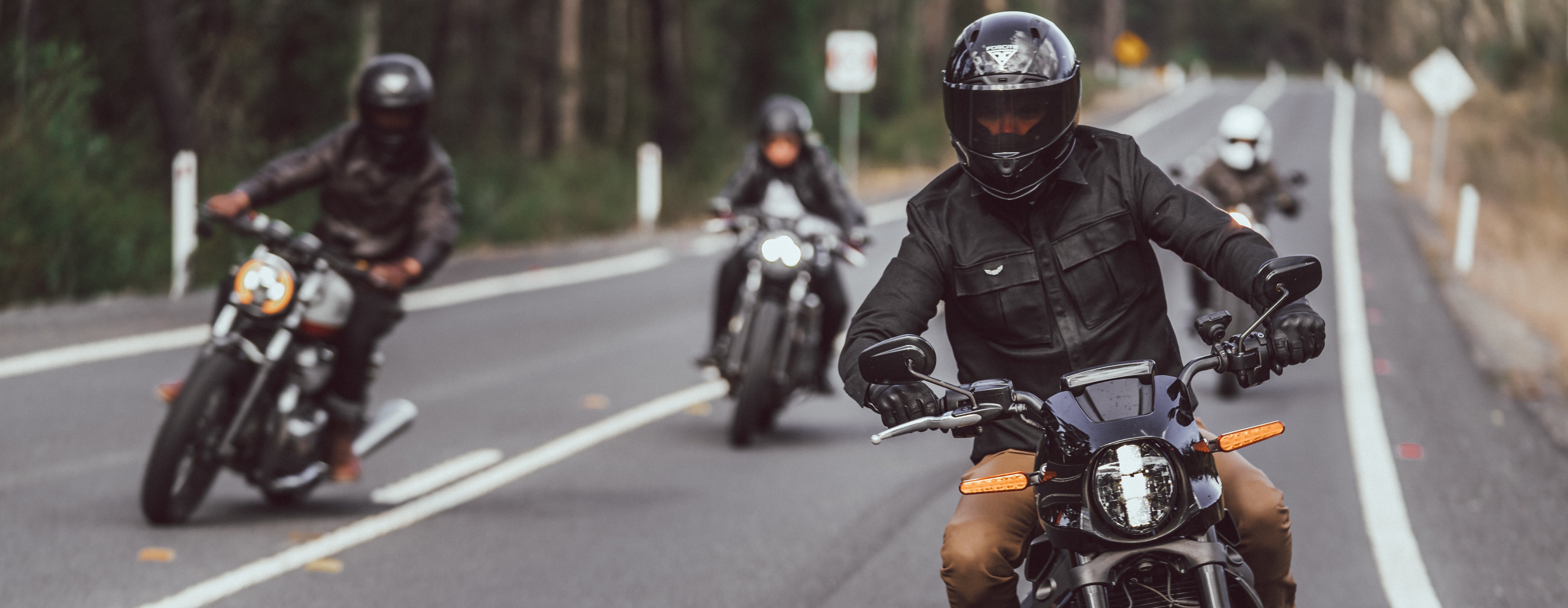
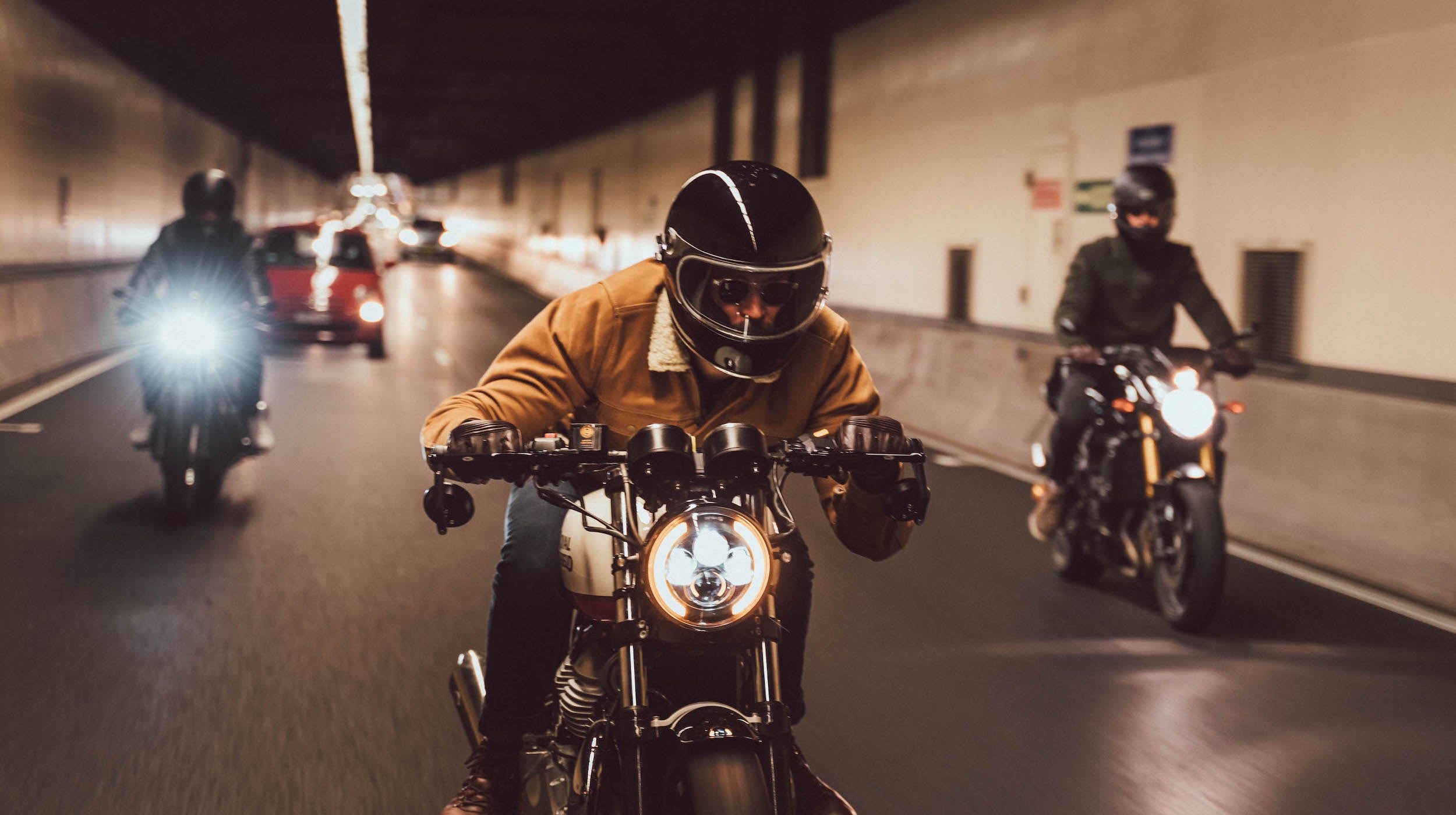
Leave a comment
This site is protected by hCaptcha and the hCaptcha Privacy Policy and Terms of Service apply.